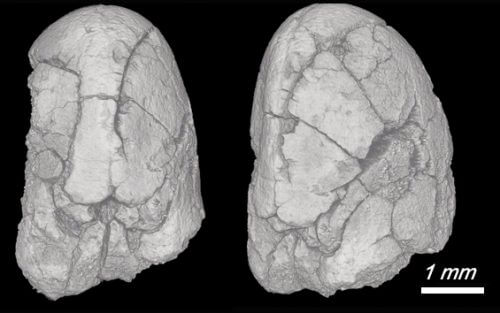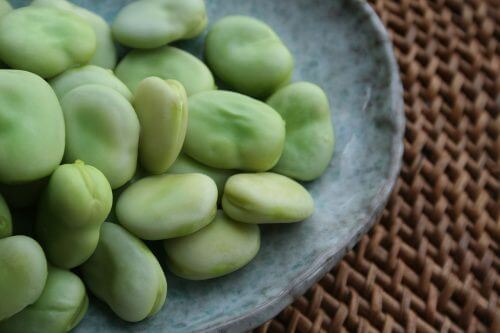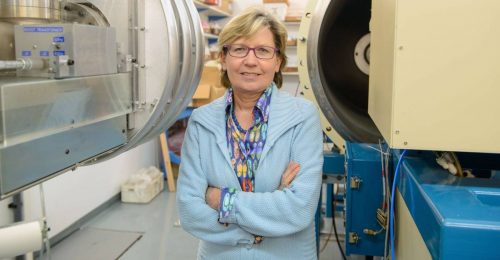A dating conducted by the scientists of the Wild Paul Seed Institute revealed that this is an "ancestor" of the modern Paul

Every agricultural crop used for food has an "ancestral mother" - a wild plant from which the edible plant we know today was domesticated and developed. A famous example is the "wheat mother" discovered by Aharon Aharonson in the Land of Israel at the beginning of the 20th century. In the least known case, the origin of the pea plant, that is, the wild pea plant, is already extinct. In fact, until recently, not even remains of that ancient plant were found.
Now, In a new study of the scientists of the Weizmann Institute of Science, seeds of the wild Paul from about 14,000 years ago were identified for the first time. The seeds were discovered at the Al-Wad archaeological site in the Carmel region. "The remains we located hint at the time and place in which Paul the Wild existed in nature," says Dr. Elisabetta Boerto, head of the "Timing of Cultural Changes" track At the Max Planck-Weizmann Institute of Science Center for the Study of Archeology and Integrative Anthropology. Dr. Boarto carried out the research in collaboration with Dr. Valentina Cracuta, a former post-doctoral researcher in Boarto's laboratory, and currently a researcher at the University of Salento, Italy. These findings were recently published in the journal Scientific Reports.

In a previous study by Dr. Boarto and Dr. Karakota, the scientists showed that 10,200-year-old Paul seeds, found in three archeological sites in the Lower Galilee, are the earliest domesticated seeds found so far. In the current study, archaeological excavations discovered - in ancient soil layers - remains of wild pea seeds. The excavations were carried out by scientists from the University of Haifa: Prof. Mina Evron, Prof. Daniel Kaufman and Dr. Reuven Yeshuron. "The people who lived in the Carmel area at that time, the Natofim, were hunter-gatherers. Therefore, the vegetation in the area was not cultivated, but grew wild," says Dr. Buarto.
To estimate the age of the seeds, and to examine whether they indeed originated from the "ancient mother" of the modern pole, Dr. Boarto and Dr. Karakota used a dating method based on the half-life of the heavy radioactive isotope of carbon - C14, in combination with an examination using X-rays X ("x-ray") and computerized mapping - CT. In this way, the data of the isotopic test were cross-referenced, with the characterization of the appearance and physical properties of the tested seed remains.

The dating of the ages of the ancient seeds - the wild seeds and the domesticated seeds - diagnoses the intermediate period, when the dramatic transition from a hunter-gatherer society to an agricultural society took place in the Carmel region, which enables planning for the future, and requires sticking to the land. "From 14,000 years ago to 11,000 years ago, the people who lived in this area began to domesticate the pole," says Dr. Buarto. "More or less at the same time, people whose location was north of Carmel had already begun to domesticate grains, such as wheat and barley."
The bean is a legume with a high nutritional value, which is currently consumed all over the world. "Understanding how the ancient wild pea was adapted to the growing environment of the Carmel 14,000 years ago, you may be able to help us think of ways to develop modern pea varieties, which will be more resistant to pests, and will be able to survive and thrive under conditions of environmental stress," says Dr. Buarto.
